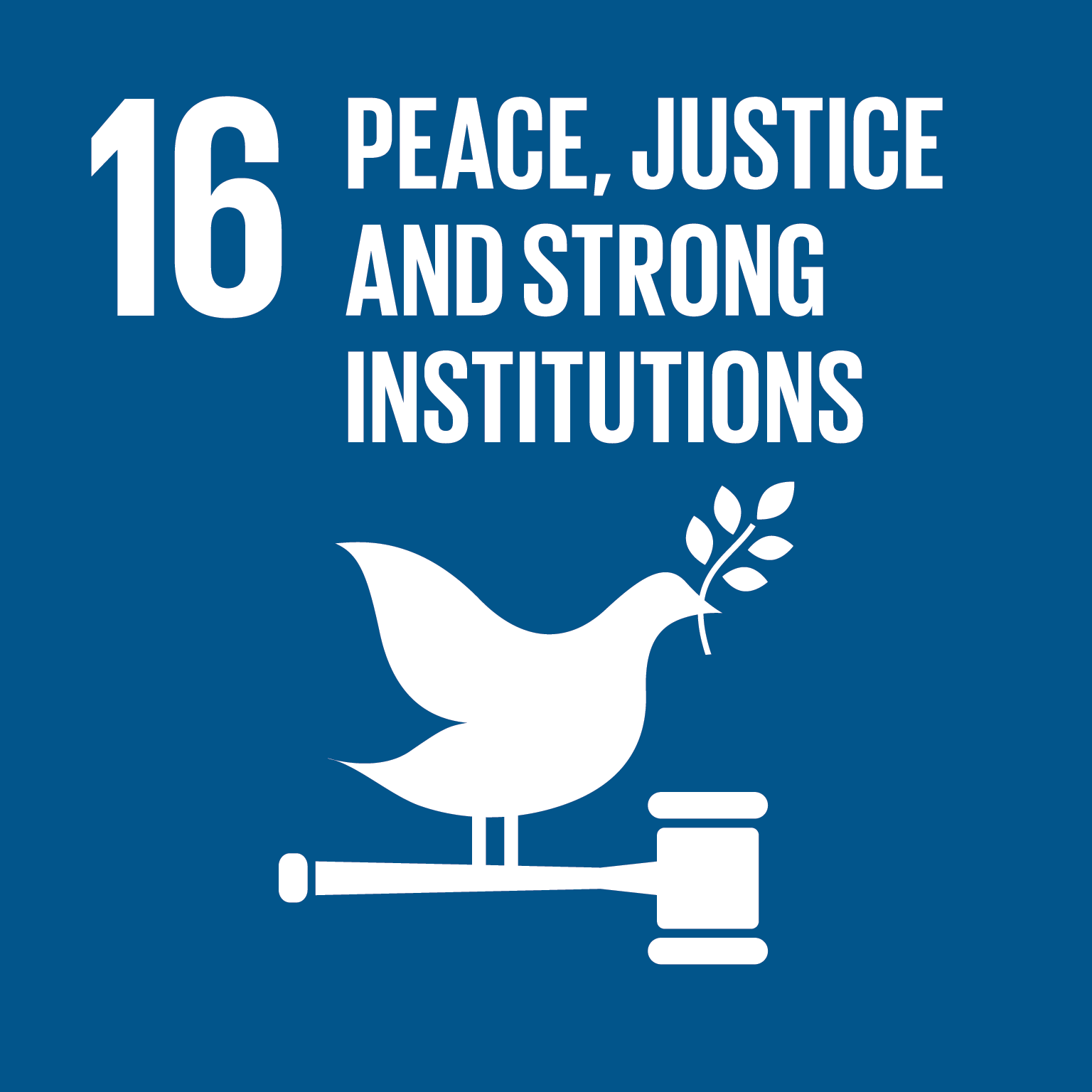Titled “Addressing the impacts of climate-related disasters on international peace and security”, the Dominican Republic initiated an open debate on the climate crisis at the United Nations Security Council (UNSC) in January 2019. The debate included a concept note (S/2019/1) about how climate change can exacerbate, prolong or generate conflict. Further, Germany — known for its sensitivity to issues around climate change — was elected to a two-year seat on the UNSC, raising the expectation that the climate crisis will be at the center of UNSC’s agenda throughout 2019 and 2020.
But what does the intersection between conflict and climate change mean for companies?
The connection becomes apparent in the news about demonstrations that want to draw attention to the consequences of climate change, blocking important roads or ports. But, a new report out by the Stockholm International Peace Research Institute shows a deeper impact. The report highlights the relationship between the climate crisis and violent conflicts by, among other things, the negative impact climate change can have on people’s livelihoods and the associated flight and displacement of people. Displaced persons can become targets for human trafficking, recruitment into insurgent groups, and child exploitation. Companies operating in these areas very quickly can become targets in violent conflicts or - whether justified or not - have the reputation of taking advantage of people's desperate situation through poor working conditions or low wages.


The European Union (EU) is considering how to guide companies away from investing in conflict-affected regions and thus inadvertently promoting war economies. These conflicts can be linked indirectly to climate change, as people become vulnerable via decreased livelihood opportunities that stem from climate-related factors. Beginning 1 January 2021, the Conflict-Affected and High-Risk Areas (CAHRAs) Regulation (EU) 2017/821 on minerals will be obligatory. This regulation means that businesses that import tin, tungsten, tantalum and gold (3TG) will need to ensure they meet international responsible sourcing standards and that the smelters and refineries they rely on also source these minerals responsibly. This regulation aims to decrease not only the mineral income armed actors engaging in conflicts areas take from mineral extraction, but also to protect people from joining these groups in part to replace lost income resulting from climate-related environmental changes such as recurring droughts.
More broadly, the United Nations Sustainable Development Goals (SDGs) adopted in 2015 have encouraged and challenged business to change to more sustainable practices. In particular, SDG 16 pertains to building peace and inclusive institutions that are expected to contribute to a decrease in conflict, though the recent UN High-Level Political Forum reported slight increases in some kinds of violence and exploitation. For example, the report indicates a higher detection rate in trafficking in persons but uncertainty whether this is due to better detection or because of an increase in trafficking. Business benefits from supporting this Goal because more stable societies decrease additional business costs and financial, legal and reputational risks. In addition, the growing awareness of the links between climate change and conflict is leading to pressure for businesses to change as well, not least because of the desire to maintain a social license to operate in a world in which consumers with purchasing power are themselves becoming more aware of the environmental and social implications of their consumption habits.
If you are worried that your supply chain is threatened by climate change and its political implications, or if you believe that your company can do more for political sustainability, talk to us. We are happy to work with you to develop sustainable solutions for your investment or supply chain planning!
⇒ For more information on supply chain risk strategies and CONIAS data solutions, check out our blog post from May 2019.


